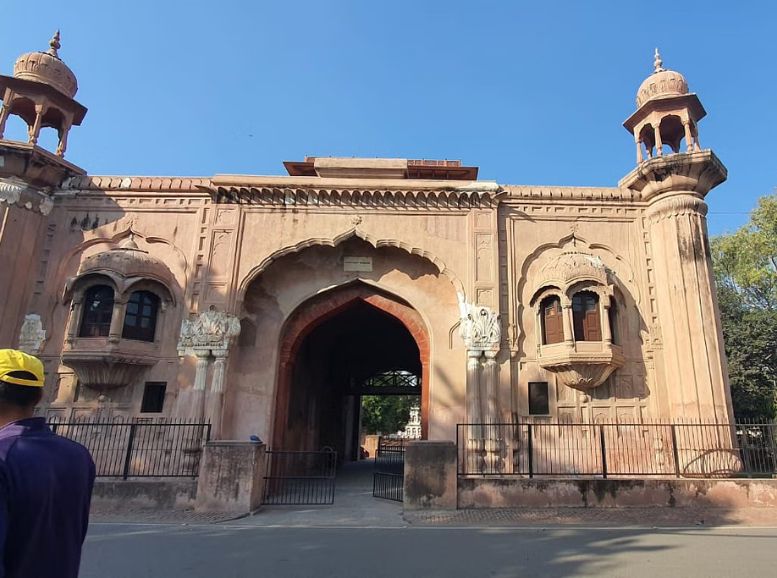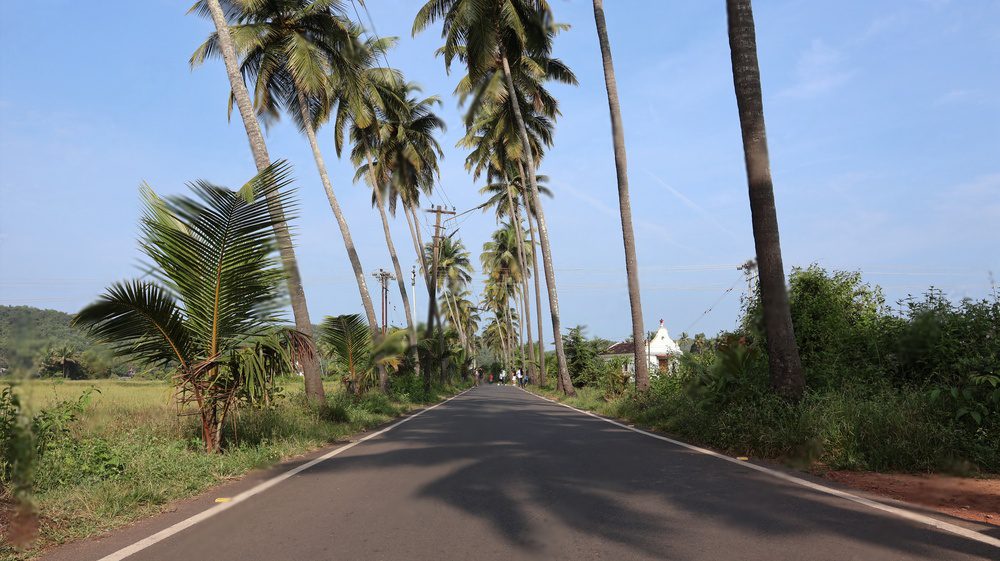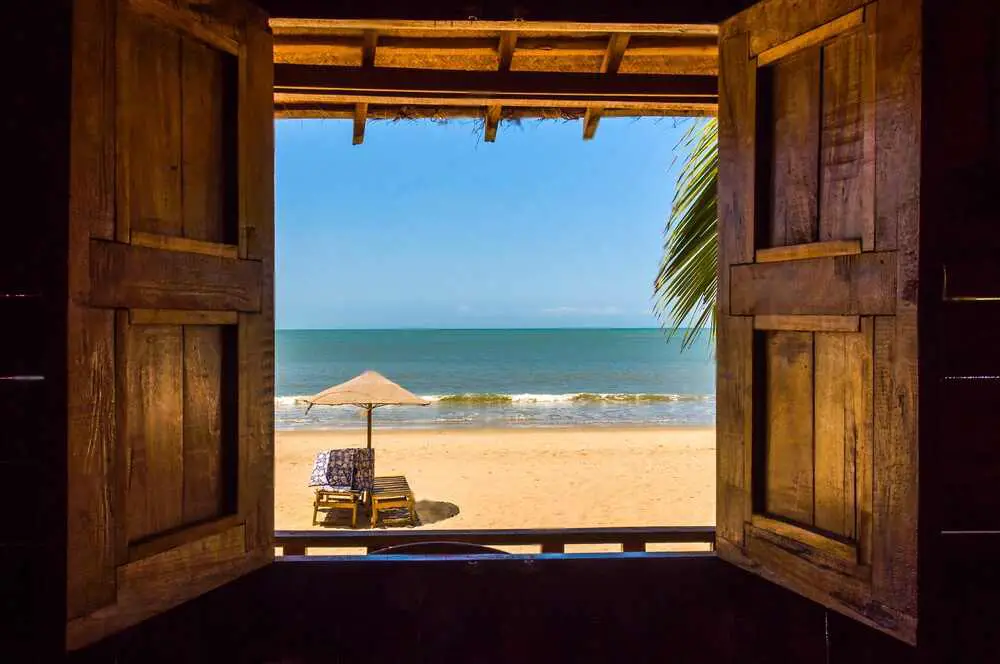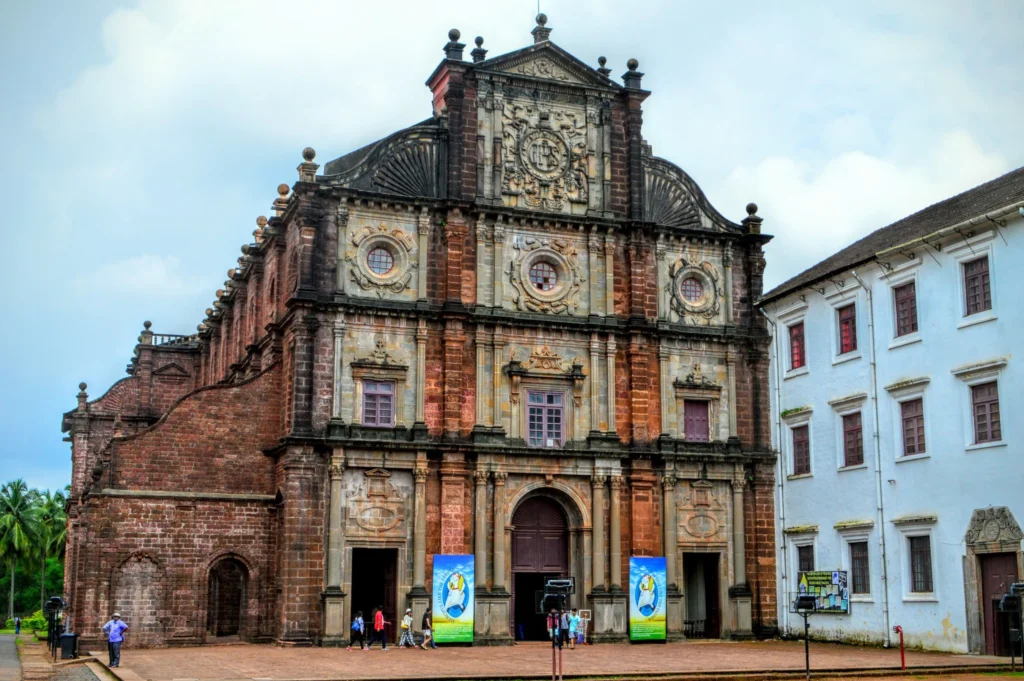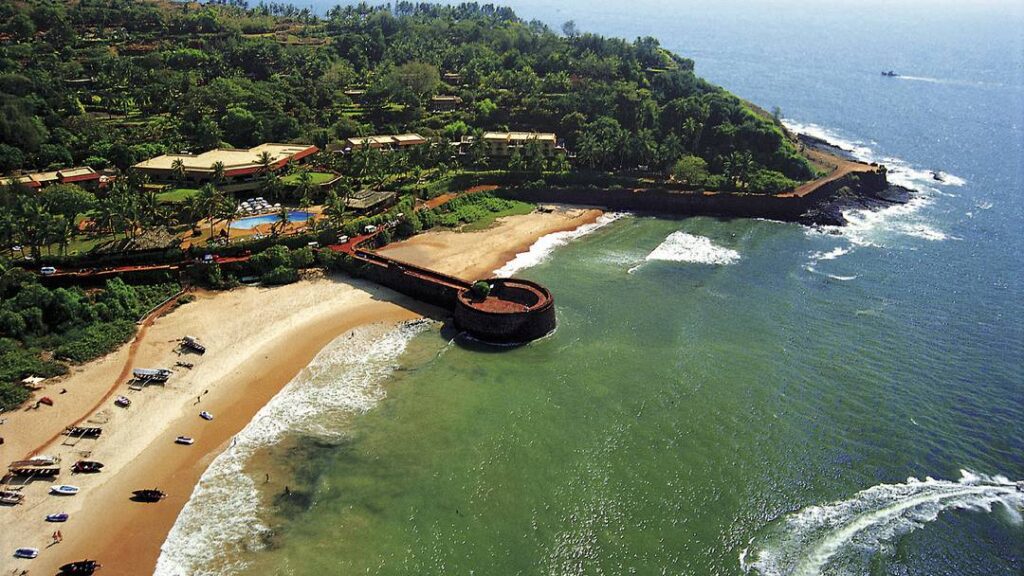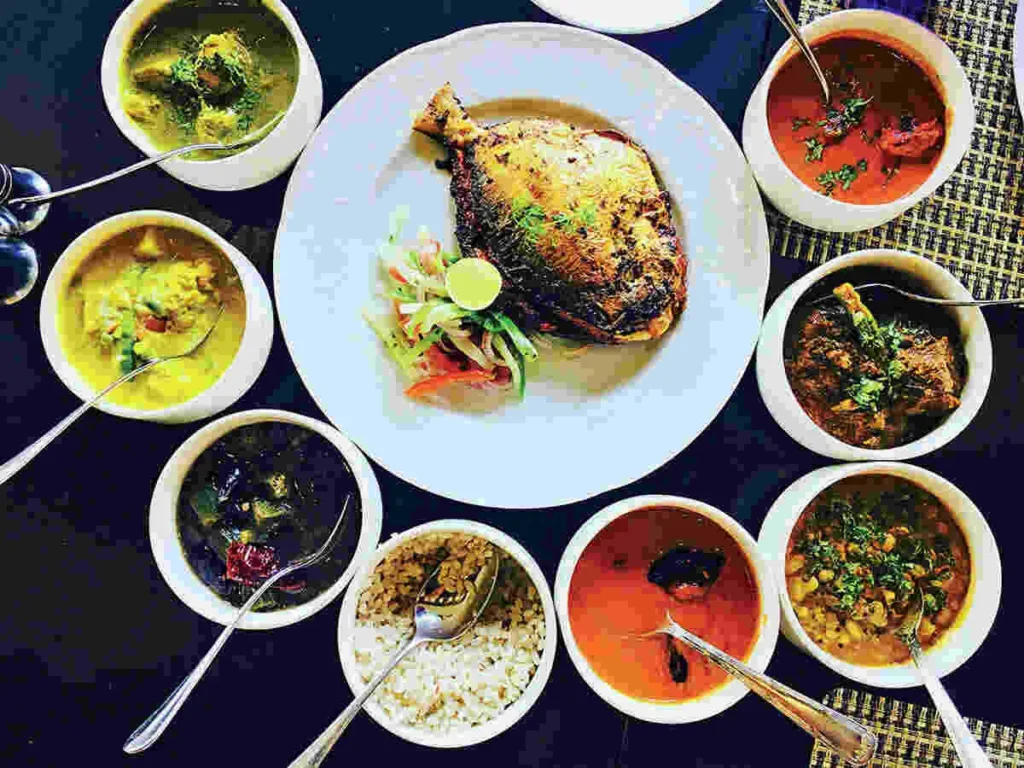Amidst the vibrant bustle of Amritsar, Punjab, lies Rambagh Palace – a majestic jewel showcasing the city’s rich history and royal legacy. This opulent palace, adorned with exquisite architecture, stands as a symbol of Amritsar’s regal past and enduring charm.
Originally built as a residence for Maharaja Ranjit Singh’s son, Prince Nau Nihal Singh, Rambagh Palace has witnessed centuries unfold within its walls. Today, it remains a magnificent testament to Punjab’s royal heritage, inviting visitors to step back in time and experience the splendor of bygone eras.
Join us on a journey to explore the enchanting realm of Rambagh Palace. We’ll delve into its fascinating history, architectural marvels, and cultural significance. Unravel the layers of this architectural gem, tracing its evolution from a princely residence to a luxurious heritage hotel that continues to captivate guests with its timeless elegance.
How to reach:
- Air Travel: Sri Guru Ram Dass Jee International Airport serves as your closest air gateway. Upon arrival, taxis and public transportation options like buses will ensure a smooth transfer to the Palace.
- Train Travel: Amritsar Junction, the city’s main railway station, welcomes you. Taxis, buses, or auto-rickshaws are readily available to bridge the gap between the station and Rambagh Palace.
- Road Trip: National highways lead you directly to Amritsar. Once you’ve arrived, utilize GPS navigation or friendly locals’ assistance to reach the Palace. Taxis and public buses are at your disposal for the final leg of your journey.
- Exploring Amritsar: Within the city, navigate to Rambagh Palace from any location using auto-rickshaws, cycle rickshaws, or taxis. Ride-hailing services like Uber or Ola offer another convenient option.
BEst time to visit:
Pleasant Weather & Cultural Vibrancy (October-March):
- Peak Season: Autumn and winter (October-March) reign supreme for comfortable exploration. Enjoy cooler temperatures perfect for sightseeing Rambagh Palace and other outdoor attractions.
- Festival Delights: Witness the vibrant cultural tapestry come alive during Diwali (October/November) and Lohri (January) celebrations.
Suitable for the Heat Tolerant (April-June):
- Warmer Months: April can still be comfortable, but May and June see rising temperatures. If you don’t mind the heat, this period can be budget-friendly for sightseeing.
- Beat the Heat: Come prepared with hydration and seek shade when necessary if visiting during these hotter months.
Monsoon Experience (July-September):
- Seasonal Showers: The monsoon season (July-September) brings rain and lush greenery. While it might disrupt outdoor activities, it offers a unique perspective on the city.
Attractions:
Museum: Rambagh Palace
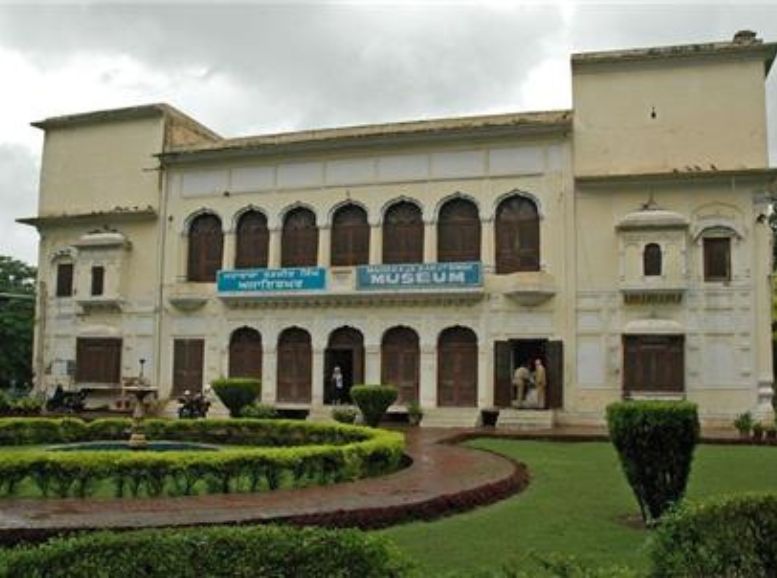

History enthusiasts will delight in Rambagh Palace’s on-site museum. This treasure trove showcases artifacts, paintings, weapons, coins, and other relics, transporting visitors back to the era of Maharaja Ranjit Singh, the founder of the Sikh Empire. Through these exhibits, you can gain a deeper understanding of Maharaja Ranjit Singh’s life and reign, and delve into the rich tapestry of the Sikh Empire’s history.
Gardens:
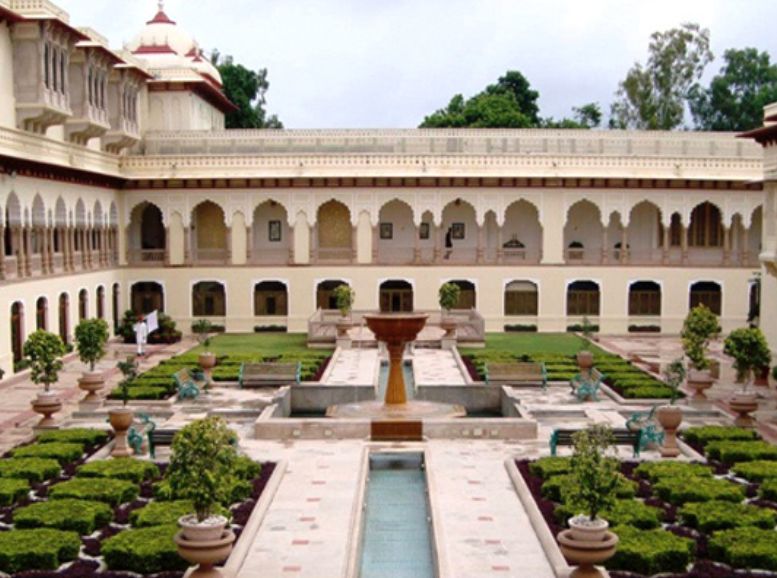

Lush gardens envelop Rambagh Palace, further enhancing its beauty and charm. Visitors can stroll leisurely through these verdant spaces, soaking in the serene ambiance and inhaling the delightful fragrance of blooming flowers.
Events and Exhibitions:
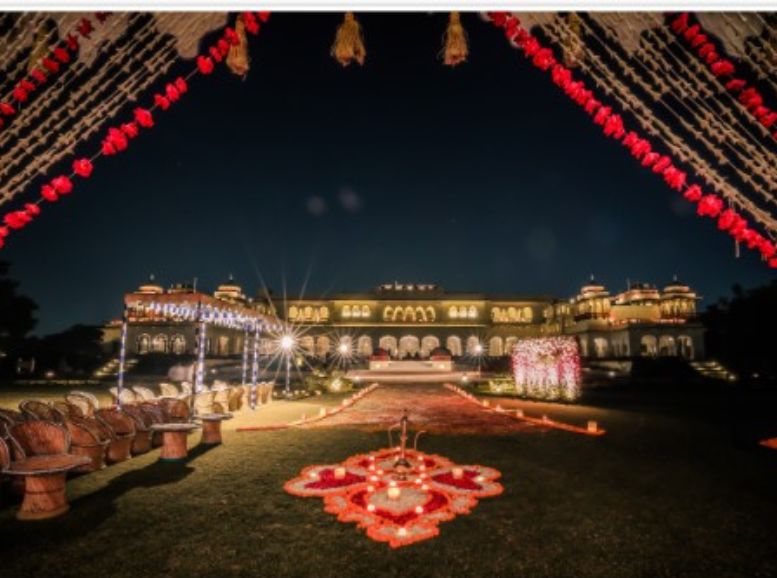

Rambagh Palace occasionally comes alive with cultural events, exhibitions, and programs. These offerings provide a unique opportunity for visitors to gain a deeper appreciation for Punjab’s rich history, art, and culture. Engaging with local artists, historians, and cultural enthusiasts during these events fosters a more immersive and enriching experience.
Local Experiences:
- Heritage Gems: Embark on a guided walk through the charming streets surrounding Rambagh Palace. Discover hidden gems, historical landmarks, and architectural wonders that whisper tales of Amritsar’s past.
- Cultural Extravaganza: Immerse yourself in the vibrant spirit of Punjab by attending a captivating cultural show. Witness energetic Bhangra and Giddha performances, traditional music, and colorful folk dances showcasing the region’s rich heritage.
- Spiritual Journey: Delve deeper into Sikhism. Visit nearby gurudwaras such as Gurudwara Baba Atal Rai and Gurudwara Sri Tarn Taran Sahib to experience the spiritual essence of Sikhism and witness the community’s devotion.
- A Culinary Adventure: Wander through the bustling streets near Rambagh Palace and tantalize your taste buds with authentic Punjabi street food. Savor delicacies like Amritsari kulcha, chole bhature, and lassi from local vendors.
- Master the Art of Punjabi Cuisine: Become a Punjabi chef for a day! Enroll in a cooking class and learn how to prepare traditional dishes from local experts. Get hands-on experience cooking favorites like butter chicken, sarson da saag, and makki di roti, and take home recipes to recreate these flavors.
- Shopping Spree: Explore nearby bazaars like Hall Bazaar and Katra Jaimal Singh. Shop for traditional Punjabi attire, handcrafted souvenirs, aromatic spices, and unique treasures. Don’t forget to bargain with the vendors and soak in the vibrant market atmosphere.
- Cycle Rickshaw Ramble: Experience Amritsar like a local! Hop on a traditional cycle rickshaw and let the pullers guide you through the city’s vibrant streets. Absorb the sights, sounds, and flavors as you navigate the bustling lanes.
- Langar Seva: Experience the spirit of equality and service by participating in langar, the community kitchen, at the Golden Temple. Join volunteers serving free meals to all visitors, regardless of background.
- Witness a Punjabi Wedding (if opportunity arises): Witness a traditional Punjabi wedding – a spectacle of colorful rituals, lively music, and joyous celebrations that characterize Punjabi weddings.
- Rural Escape: Seek a serene escape with a day trip to nearby villages. Engage with local villagers, learn about agricultural practices, and savor authentic Punjabi cuisine prepared with fresh farm ingredients.
Travel tips:
Cultural Respect: Amritsar’s rich cultural tapestry, particularly Sikhism, deserves respect. Dress modestly when visiting religious sites or Rambagh Palace, and remove shoes before entering sacred areas.
Dress Code: Opt for modest attire when visiting Rambagh Palace and religious sites. Avoid clothing deemed disrespectful or inappropriate.
Plan Your Visit: Maximize your experience! Check Rambagh Palace’s opening hours, special events, or exhibitions before your visit to plan your itinerary effectively.
Guided Tours: Consider a guided tour to gain deeper insights into Rambagh Palace’s history, architecture, and significance. Knowledgeable guides can elevate your experience with captivating stories.
Respectful Photography: Be mindful of photography rules at Rambagh Palace. While it might be allowed, avoid taking photos where prohibited or disturbing others.
Hydration is Key: Amritsar can get hot. Carry a water bottle and stay hydrated while exploring Rambagh Palace and its surroundings.
Transportation: Plan your commute! Hire a taxi, use ride-hailing services, or explore public transportation options based on your preference and budget.
Safety First: Be cautious of your belongings and surroundings, especially in crowded areas. Secure your valuables and avoid carrying large sums of money or displaying expensive items.
Respectful Conduct: Be respectful towards staff, other visitors, and the cultural heritage of Rambagh Palace. Avoid loud conversations, littering, or any behavior that might disturb others or damage the property.
Immerse Yourself: Take your time to absorb the beauty and history of Rambagh Palace. Explore museum exhibits, stroll through the serene gardens, and appreciate the architectural marvels of this historic landmark.
Conclusion
Immerse yourself in Punjab’s rich heritage at Rambagh Palace, a majestic symbol of the region’s glorious past. Intricate architecture transports you back in time, while the on-site museum unveils the life and times of Maharaja Ranjit Singh, founder of the Sikh Empire, through a collection of artifacts, paintings, and weapons. Lush gardens surrounding the palace offer a tranquil escape, making it more than just a historical monument – it’s a testament to Punjab’s enduring legacy and cultural vibrancy. Explore its adorned halls, delve into its stories, or simply relax in the serene gardens – Rambagh Palace promises a lasting memory. Plan your Amritsar adventure with Xplro.com, your travel planning partner. Our experts will craft a personalized itinerary to help you discover hidden gems and create memories that will linger long after your visit.
FAQ
- What distinguishes Rambagh Palace, and where is it situated?
- This Palace is a historical landmark situated in Amritsar, Punjab, India. It served as the former residence of Maharaja Ranjit Singh, the visionary founder of the Sikh Empire.
- What historical significance does Rambagh Palace hold?
- Rambagh Palace stands as a testament to the opulence and grandeur of the Sikh Empire during the reign of Maharaja Ranjit Singh, showcasing its architectural brilliance and cultural heritage.
- What can visitors anticipate experiencing at Rambagh Palace?
- Visitors can immerse themselves in the rich history and architectural splendor of the Palace, explore its museum exhibits, stroll through its scenic gardens, and delve into the legacy of Maharaja Ranjit Singh.
- Is there a museum housed within Rambagh Palace?
- Indeed, Rambagh Palace boasts a museum that features an array of artifacts, paintings, weaponry, coins, and other relics from the illustrious era of Maharaja Ranjit Singh.
- What are the standout features of the museum within Rambagh Palace?
- The museum showcases an extensive collection of artifacts that offer profound insights into the cultural, artistic, and military accomplishments of the Sikh Empire under Maharaja Ranjit Singh’s rule.
- Are guided tours available for visitors at Rambagh Palace?
- Yes, visitors have the opportunity to embark on guided tours at Rambagh Palace, where knowledgeable guides provide captivating narratives about its history, architecture, and cultural significance.
- What architectural style characterizes Rambagh Palace?
- Rambagh Palace is renowned for its quintessential Sikh architectural style, characterized by intricate carvings, majestic domes, and ornate balconies that exemplify the grandeur of Sikh royalty.
- Does Rambagh Palace feature sprawling gardens for visitors to explore?
- Absolutely, Rambagh Palace is encompassed by verdant gardens that offer tranquility and respite, providing visitors with the chance to appreciate the meticulously landscaped surroundings.
- Can visitors partake in special events or exhibitions at Rambagh Palace?
- Rambagh Palace occasionally hosts special events, exhibitions, and cultural programs that afford visitors the opportunity to engage with Punjab’s rich history, art, and cultural heritage.
- Are photography privileges extended to visitors at Rambagh Palace?
- Photography is generally permitted at Rambagh Palace, subject to respectful conduct and adherence to any specific regulations or guidelines.
- How much time is typically recommended for exploring Rambagh Palace?
- Depending on individual interests and preferences, visitors may allocate varying durations, from a couple of hours to half a day, to thoroughly explore Rambagh Palace and its attractions.
- Are there nearby attractions or amenities available for visitors around Rambagh Palace?
- Amritsar, the locale of The Palace, offers an array of nearby attractions, accommodations, dining options, and shopping experiences for visitors to enjoy and explore.
